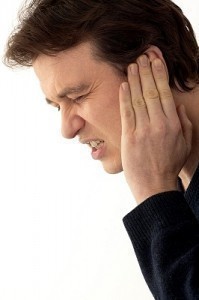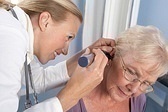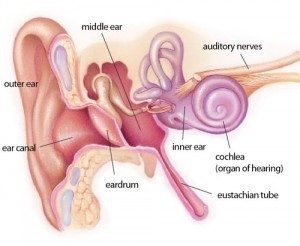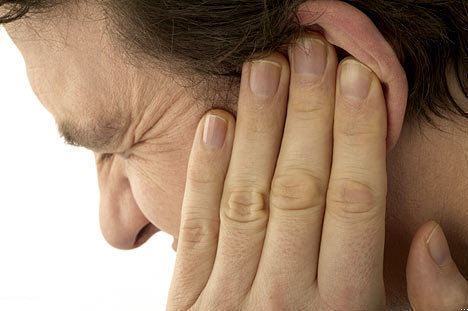Meniere’s Disease
The Meniere’s disease is a disorder of the inner ear which usually causes dizziness. The area of the ear that is commonly affected is the labyrinth which includes the semicircular canals and the cochlea. The labyrinth contains a fluid called endolymph. The membranes become dilated like a balloon when the pressure increases. This is called the hydrops. This happens in one way usually when the damage system call the endolymphatic duct or sac. However, in some cases the endolymphatic duct may be obstructed by scar tissues or may be narrow from birth or sometimes in most cases there may be too much fluid secreted by the stria vascularis.
During the period of the Meniere’s disease the patient experiences imbalance, nausea and vomiting. The attack usually lasts two to four hours. However, after the attack the patient feels exhausted and sleeps for several hours.
The Meniere episode occurs in clusters (attacks may occur within a short period of time). However during the acute attacks, most individuals do not show any symptoms. Roughly 0.2 % of the population is affected by the disease.
Symptoms
- Shocks
- Unsteadiness
- High Sensitivity to visual stimuli (visual dependence)
- Nystagmus (This happens during the attack)
- Sudden Fall (usually called otolithlic crisis of Tumarkin)
- Stoppage up of drainage pathways
Normally it is usually spread from one ear to the other so over time by the time the patient reaches 30 years they begin to experience other sign effects such as bilateral disease.
Causes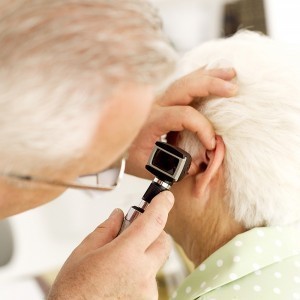
The most prevalent opinion is that an acute attack of Meniere’s disease results from fluctuating pressure of the fluid within the inner ear. A system of membranes, called the membranous labyrinth, contains a fluid called endolymph. The membranes can become dilated like a balloon when pressure increases. One way for this to happen is when the drainage system, called the endolymphatic duct or sac is blocked. In some cases, the endolymphatic duct may be obstructed by scar tissue, or may be narrow from birth. In some cases there may be too much fluid secreted by the stria vascularis. In the past it was believed that plumbing problems were the cause of Meniere’s , however the most current opinion is that the plumbing problems are just a marker for the Meniere’s disease, rather than necessarily being responsible for the symptoms.
Effects of the Meniere disease
- Hair cell death
- Mechanical changes to the ear
- Deafness
- Head injury
- Hereditary predisposition
- allergy
Treatment
At present there is no cure for Meniere disease, however there are now treatment options that work so well that they could be noted as cures, but they are not. These treatment options include:
- Low dose gentamcin
- Invasive surgery


